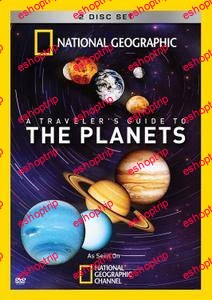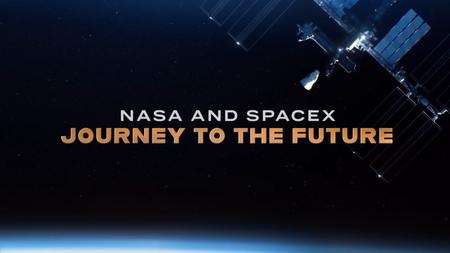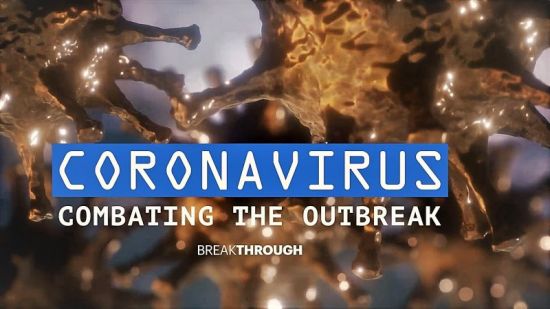HDTV | 1280 x 720 | .MKV/AVC @ 3029 Kbps | 6x~45mn | English AC-3 384 Kbps, 6 channels | 6.55 GB
Genre: Documentary, Science
Whether it’s a romantic getaway to the breathtaking canyons of Mars or the ultimate vacation in Jupiter’s magnetic field, National Geographic Channel brings you the ultimate in adventure travel, but it is not for the faint-hearted. Today’s super space traveller must endure drastic climates that shift from 450 degrees celsius in the sun to minus 170 celsius in the shade, crushing gravity, acid smog, and blistering radiation. From Jupiter’s churning red eye to Saturn’s glittering rings, the sights are out of this world. Blast-off with A Traveller’s Guide to The Planets, the ultimate travel guide to the Solar System. In each one hour episode premiere, see stunning images of each planet including highly detailed images captured by today’s ultra high-tech telescopes. Advanced animation takes you up-close-and-personal with those distant worlds, as we plunge through space to get a better look at the neighbours.
Part 1: Venus and Mercury
Temperatures on tiny Mercury can reach a blistering 800 degrees Fahrenheit. And on Venus, temperatures are hot enough to melt lead. Take in the sights on Mercury, where the planet’s sunny side offers travelers a stunning view of solar flares as they work on their tans. A visit to our sister planet Venus’ tortured scenery means diving into an atmosphere where acid smog eats bare metal for breakfast.
Part 2: Mars
Named Mars in honor of the Roman god of war, the Red Planet has captivated earthlings for thousands of years. Now, rocket to the Red Planet for a stunning tour of the scenery, from giant volcanoes to mighty canyons. Here, travelers will enjoy a low-gravity environment that gives them super jumping abilities. The only downside? A complete lack of breathable atmosphere.
Part 3: Jupiter
A dive below the clouds reveals the planet’s strange secret: It’s really more like a star in composition. See what today’s bigger and better telescopes are revealing about the moons in Jupiter’s extraordinary kingdom, from Io, a spicy world of fire and brimstone, to Europa, where a warm, salty ocean hides beneath the surface.
Part 4: Saturn
From Earth, Saturn’s rings appear solid, but they are actually made up of chunks of rock and ice. They look spectacular, but navigating around them – and the planet’s more than 60 moons – would be a nightmare for travelers. We travel through the rings for a stunning CGI tour of this gaseous giant.
Part 5: Neptune and Uranus
Head into the ice zone to learn the secrets of two world’s which are impossible to fathom. Uranus, an icy gas giant with an atmosphere composed of a cosmic cocktail of hydrogen, helium and methane, is so distant from the sun that it takes 84 years to orbit the sun. Neptune, its vibrantly blue neighbor, takes nearly twice that long. Rocket to the far reaches of the solar system, where a trip to these remote worlds has long been a mystery tour.
Part 6: Pluto and Beyond
Pluto is so far away from Earth that it is a mere pinprick of light in our powerful telescopes. Locked in a gravitational dance with its largest moon Charon, this frozen outpost is simply the first discovered body in an unseen swarm of icy worlds. Learn what it would take for humans to journey to the uncharted limits of our solar neighborhood and what NASA scientists think we’ll find when we get there.











Reviews
There are no reviews yet.